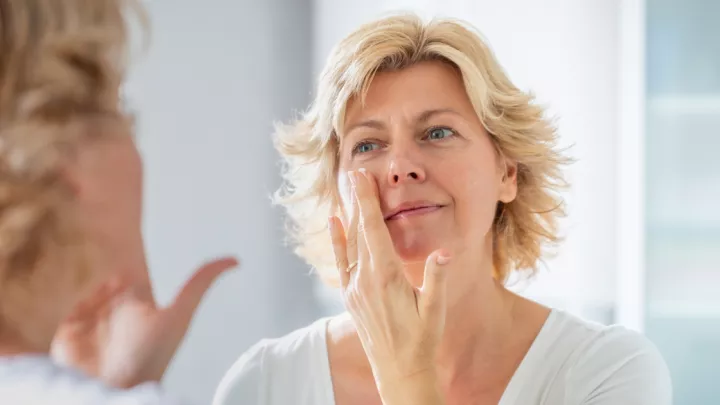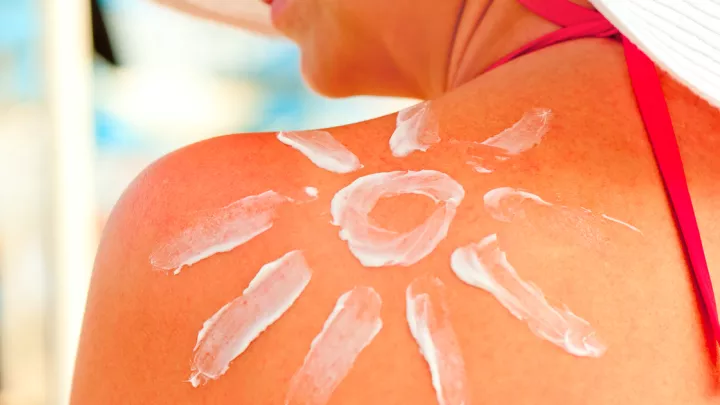You asked, we answered: Are freckles sun damage?

Question:
Every summer, the freckles on my face come through. I wear SPF on my face daily year-round. I’ve always enjoyed my summer freckles and thought they were cute. Yesterday, during a facial, the woman pointed out my spots and told me to wear a higher SPF. Are my freckles a sign my SPF isn’t working? Are they signs of sun damage? I’ve always thought they were just genetic.
Answered by board-certified dermatologist Jesse Hirner, MD:
Freckles are not viewed within the dermatology community as a conventional marker of sun damage.
It sounds like you are doing a great job with daily skin protection, which will pay huge dividends throughout your life.
Sunscreen can reduce your risk of skin cancer and slow down the development of wrinkles and brown spots. Applying SPF 30 will generally protect against 97% of ultraviolet rays. Higher SPFs typically have diminishing returns, so bumping up to SPF 70 or higher is not always necessary.
Some people don’t apply enough sunscreen, meaning they use small amounts relative to what their skin needs. In this case, the higher SPF may be beneficial. Typically, we would encourage using about a shot glass amount of sunscreen to cover the entire body and several drops to cover the face. Don’t forget to reapply every 90 minutes to two hours when outdoors.
Freckles, sunspots and moles are not the same
Freckles are not a sign of sun damage or potential skin cancer but rather a genetic trait associated with a wide array of other genetic factors such as eye, hair and skin color. Freckles are also not a sign that you are not using enough sunscreen or that your sunscreen isn’t working. They may show up more in the summer and are most often seen on the face, hands, shoulders, and arms.
Sunspots, or solar lentigines (sometimes called age spots or liver spots), reflect cumulative sun damage. These small, flat, darker areas vary in size (typically about the size of a pencil eraser) and usually appear on body areas exposed to the sun.
Moles, which also tend to be genetic, can potentially develop into melanoma. Preexisting moles are biologically different than other spots and are not directly related to sun exposure. A suspicious mole may suddenly change in appearance and grow larger with time.
Make an appointment to see a dermatologist if:
- You have a history of skin cancers.
- A spot or mole gets bigger or odd-looking with time.
- A new spot, unlike your other moles or spots, appears on the skin.
- A spot, mole or skin lesion becomes eroded, develops an ulcer, bleeds or oozes.
People with light skin, hair and eyes have less of the protective melanin that gives their skin its color and protects their skin cells' DNA against ultraviolet radiation. The less melanin they have, the higher their risk of sunburn and skin cancer.
Regardless of skin color, everyone is susceptible to developing skin cancer. Early detection is essential, and a dermatologist can discuss ways to reduce risk and protect yourself.
It's a good idea to get your skin checked every year. Call 800.922.0000 to make an appointment.







